Chances are, you already know that CFLs (compact fluorescent light bulbs) contain mercury, which is considered an environmental hazard.
Sadly, many proponents of the Green New Deal claim that newer, LED-based technologies are safer and provide better quality light than CFLs. While LEDs are the best in terms of saving electricity, they can also present health hazards that need to be factored into buying decisions. Here are the unbiased pros and cons associated with “Energy Efficient” bulbs. It is up to you to use them extensively or find ways to get multiple uses from incandescent bulbs.
Easier to Power Using Small Scale Generator Devices
The main advantage of LED bulbs is you can run them on DC current obtained from batteries. Even though there are incandescent bulbs that can be used in flashlights, they do not last as long and do not produce as much light as an LED array that takes even less battery power.
Some LEDs run on tiny button cells, while others will run for days using AA and AAA batteries. Others are packaged with tiny solar panels that generate electricity during the day, and then use it to power the light at night. Cheap versions of these yard light stakes can be found in dollar stores and other locations for about the price of a box of light bulbs. When combined devices such as the Little Sun Solar Lamp[1], it is easy enough to see why LED lights are gaining in popularity.
While CFL and other fluorescent lighting options still require AC voltage, they use a fraction of the wattage as incandescent bulbs. Therefore, if you have to use a generator or other AC power generating device, the reduced load associated with these bulbs gives you more allowance for other items.
More Creative Lighting Options
Even though it is possible to use different chemicals to coat the inside of incandescent and fluorescent light bulbs, there isn’t much variance in their overall shape. On the other hand, it is very easy to organize LEDs into different arrays to create different shapes. They also come in a wide range of colors that can be easily combined to create even more lighting effects.
The ability to produce light in different colors is something of immense interest when it comes to growing plants indoors and in hydroponic systems. LED arrays to make it very easy to adjust the amount of red, blue, green, and white light that reaches the plants. This can be used to mimic changes in the light spectrum to mimic the seasons.
CFLs and LEDs are also of interest to growers because they produce less heat than incandescent bulbs. Since light density is also very important for plant growth, being able to put lights close to the plants without generating excess heat is also very important.
Require the Use of Rare Earth Metals
As you may be aware, bad trade deals with China and other countries have done more than simply rob our nation of trillions of dollars. The constant currency manipulation by China has also driven many key businesses to fail in the United States because they could not compete with cheaper goods from China.
Along with losing the capacity to manufacture pharmaceutical drugs, recycle garbage, and process certain foods, our nation cannot process its rare earth metals. Simply put, rare earth metals are semiconductors that are essential for creating the integrated circuit chips that run computers, modern phones, medical equipment, cars, modern light bulbs, and many other things.
There are two problems with relying on a lighting source that uses rare earth metals. First, the more dependent you are on these bulbs, the easier it is for China to keep a trade-related stranglehold on our nation. When a foreign country controls goods and services in your country, they can also buy lawmakers that will look to take away your freedoms.
In fact, right this minute, China is looking for ways to end gun rights in the United States,[2] claiming that they are concerned for Chinese students and citizens visiting our nation. Yes, this is the very same China that turned the military out to murder innocent protesters in Tienanmen Square, imprisons people just for saying something bad about the government, is committing genocide in Tibet, and has the obnoxious and arrogant gall to say it has the sole right to determine when and where the Dalai Lama will reincarnate.
Quite frankly, China saying US gun ownership is a human rights violation is scandalously mind-boggling hypocrisy that China should be ashamed of. Gun grabbers here in the US might just as well get help from Boko Haram to end gun rights so they can waltz into our cities to murder and kidnap our children just like they do in gun controlled Nigeria.
It would not surprise me if Chinese businesses will, at some point, pump millions to billions of dollars into gun-grabber organizations. It will be to buy the next round of elections for Democrats that will undo all the hard work President Trump has done to try and gain better trade deals for our nation.
Since rare earth metals come almost exclusively from China, it makes perfect sense to see this, at least for now, as a problem with both CFL and LED bulbs. Money matters aside, it is also important to note that anything using semiconductor materials can also be damaged during an EMP. Regardless of whether the EMP is man-made or natural, the loss of working flashlights and room lights can be very troubling. In an emergency, at least incandescent bulbs will keep working as long as there is enough electricity to power them.
Mercury and Heavy Metal Poisoning
As you may be aware, even people in favor of the Green New Deal admit that mercury contained in CFLs is a big problem. What they don’t admit is the fact that different colored LEDs [3]carry some neurotoxins and poisons in them. This includes arsenic, nickel, and lead.
Supposedly, as long as the LED is not broken, you should not be exposed to these heavy metals, which can escape into the air as dust and other debris if the arrays are broken. Stop and think, just for a moment, about how far your home or workplace is from a landfill. Do you know how many LEDs are sitting all busted apart in those piles of junk, let alone how many have been burned or damaged in car wrecks? What Green New Deal Proponents don’t talk about, you should be concerned about, especially if they don’t even have a “scientific study” to say precisely how many LEDs are in landfills this minute and may be leaking deadly dust into the air around the landfills.
Can Harm Your Eyes and Increase Cancer Risk
Do you remember the days when TVs and computer monitors had huge cases that housed gas-filled tubes? It is fair to say tube-based color TVs also did their share of damage to the human body. In their case, the tubes leaked radiation that could cause cancer. Supposedly, the risk was minimal and only applied to TVs made before the 1970s[4].
Modern TVs, computer, smartphone, and other screens are made using LED light arrays. At the current time, there is no research available to prove these screens do not cause cancer. What we do know is, like LED bulbs, they do contain heavy metals.
There is also a growing body of evidence to show LEDs [5]cause damage to your eyes. While some claim that LED screens are “safe enough”, they do not deny the fact that LED bulbs[6] can cause eye damage.
Some studies also show that blue LED light, in particular, interferes with Melatonin[7] production. Melatonin, in turn, is the hormone that helps you to sleep. It also stimulates several cascading events within the body that enable repair and healing of damaged tissue; as well as killing off cancer cells. From that perspective, anything that interferes with the normal melatonin cycle in the body can increase the risk of developing cancer. By the time you factor in increased cancer risks from glyphosate and exposure to other toxins, it should come as no surprise that cancer rates are skyrocketing, especially among younger people that are using computer screens and have more exposure to LED-based devices.
When it comes down to it, specific kinds of lightbulbs are better for some jobs than others. If you are looking for a cheap, versatile bulb that can be used for cooking, heating, lighting, and reduced risk to your health, incandescent bulbs remain your best option. As preppers, however, it is not useful to overlook the benefits of using CFLs and LEDs for indoor gardening or other situations that require low heating combined with the increased spectrum and light intensity options. That being said, if you do decide to use these newer bulb types, it pays to be aware of the health and environmental risks associated with them so that you can use them as safely as possible.
Resources
[1] https://nt.survivopedia.com/product-review-littlesun-lantern/
[2] https://americanmilitarynews.com/2019/09/chinese-groups-debate-supporting-us-gun-ban-activists-says-report/
[3] https://www.scientificamerican.com/article/led-lightbulb-concerns/
[4] https://itstillworks.com/much-radiation-tv-emit-20556.html
[5] https://www.scienceabc.com/eyeopeners/can-small-led-lights-impact-health-negatively.html
[6] https://qz.com/1620931/blue-lights-from-led-screens-do-not-hurt-your-eyes/
[7] https://www.ncbi.nlm.nih.gov/pmc/articles/PMC5412427/




























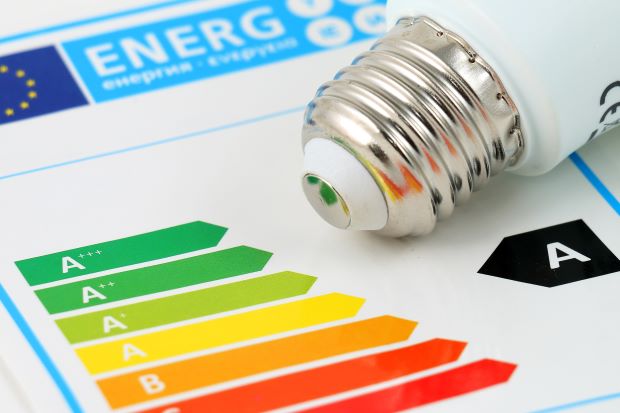
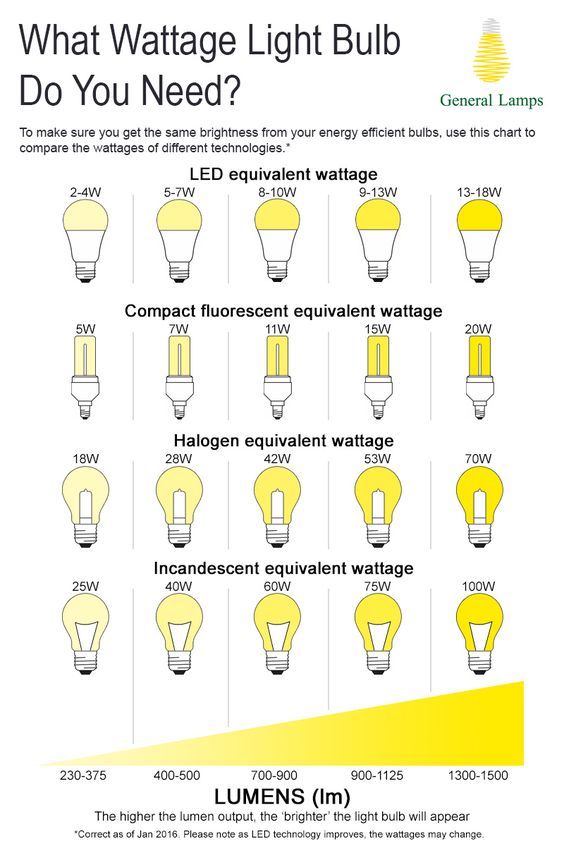
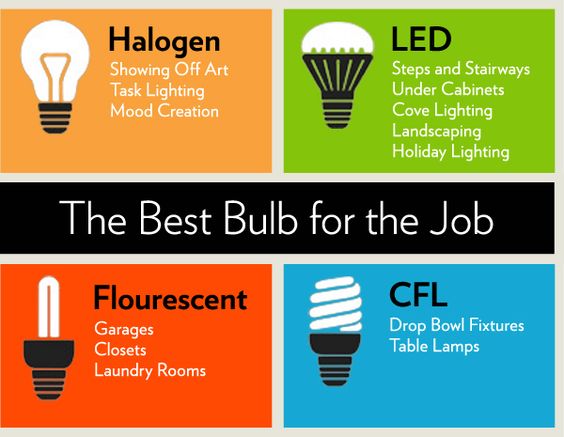
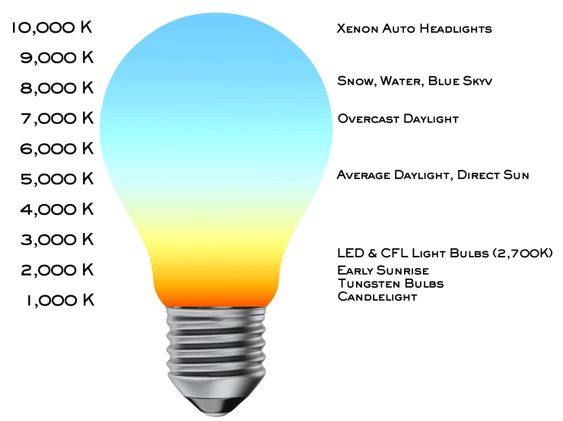

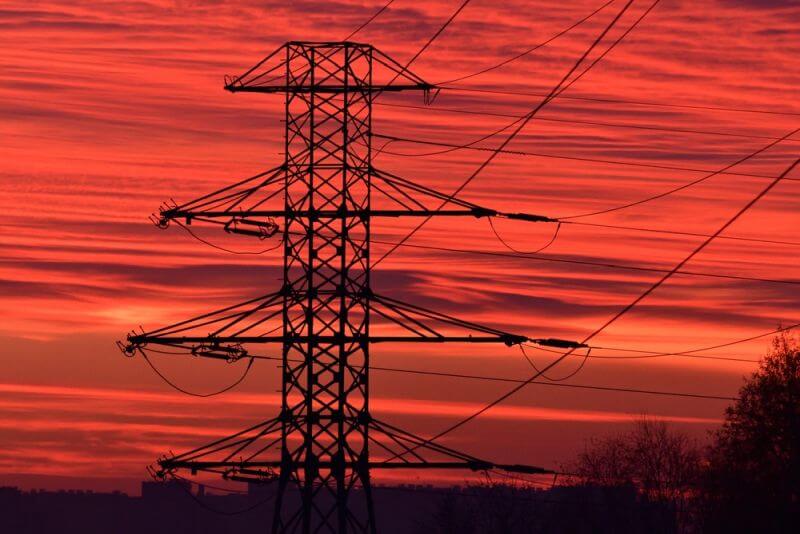
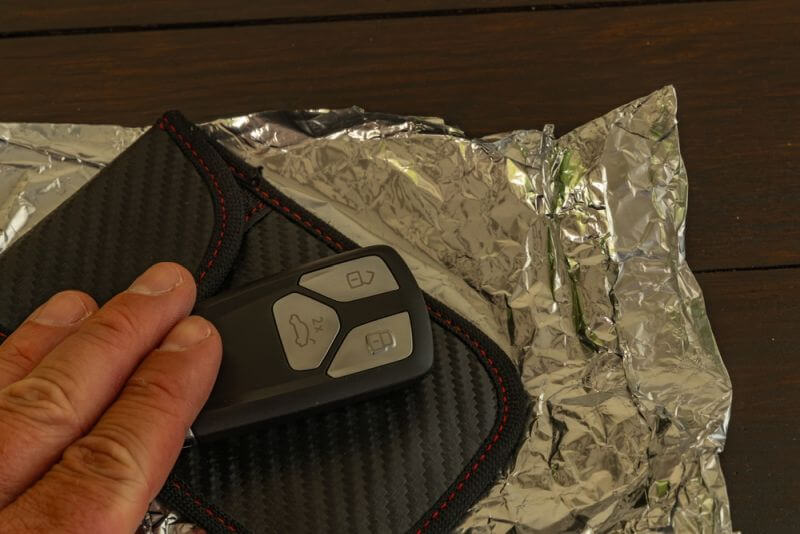
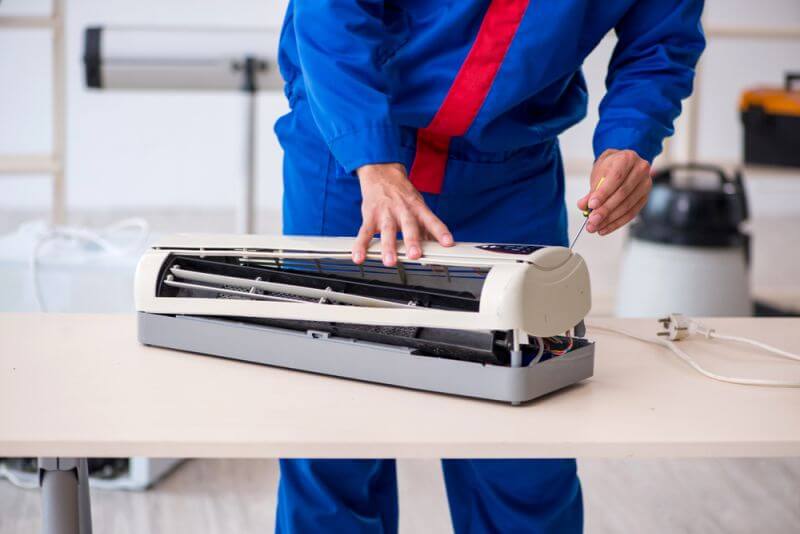
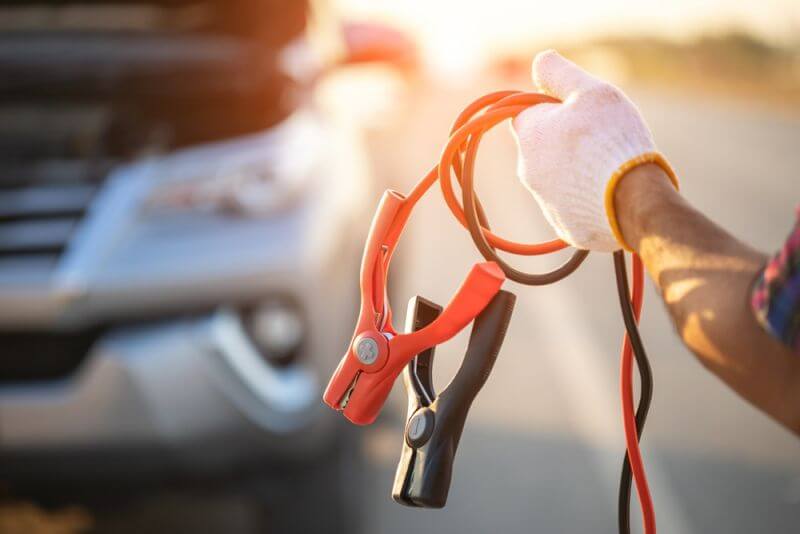








































A fact about LED bulbs that is never mentioned, is that their long-lasting properties do not work if the bulb is used in an enclosed “globe” lighting fixture. I discovered this by sheer luck when I changed all of the light bulbs in my house to LEDs in order to save electricity after I had a solar panel array installed on my house. The LED bulbs were not lasting any longer than a regular incandescent bulb. They were burning out in a few months, but they cost much more. Then, when I was buying more bulbs, one day, I was reading the fine print on the packages to see what the luminosity rating was on the bulbs. To my surprise, there was a note to the effect that “These bulbs are not for use in enclosed fixtures.” Sure enough, all of the fixtures in my house are glass half-globes that fully enclose the bulb. As a result, heat was building up inside the fixtures and the bulbs were burning out prematurely. I also noticed that some of the bulbs were leaving scorch marks on the ceiling inside the fixture, or had scorch marks around their base, thus presenting a fire hazard.
I began changing out the globe fixtures for square, glass, fixtures that hang under the bulbs, but leave a large air gap above them so that they do not overheat. The bulbs now last for several years.
Another fact that is never mentioned, is that the vast majority of LED bulbs are not rated for outdoor use. They cannot be exposed to water. If you try to use a fully enclosed fixture for outdoor use, you run into the overheating problem. So, make sure to read the fine print on the package very carefully. There are some LEDs that are rated for outdoor use, but they are few and far between.
Wow! Part way throuh youi got sidetracked on a gun rant. Otherwise a good article on lighting and different uses for different bulbs.
Mountain pass in southern California will have a REO processor online soon. It is under Molycorp.
Another problem with all non-filament bulbs is they contain electronic technology (IC chips) in their bases that condition the incoming current to operate the LED part of the bulb. Thus they are susceptible to EMP (Electro-Magnetic Pulse) burn-out. Incandescent bulbs, like vacuum tubes, are immune to this weakness. That is why I keep a stock of the old bulbs and a old vacuum tube, short-wave radio in storage, just in case an enemy decides to attack us in that way.
DANGER – to You, and to your family. Do NOT install and use ANY LED -or- Halogen light bulbs in ANY living space that Anyone you know may Occupy ! The “Long-Wave” (blue spectrum) emissions are Very Destructive to both your nerve cells and to your brain cells . Try this – guaranteed Dementia, Alzheimers, Memory loss, etc. etc. Now you Know ! CFLs are some risk, but not nearly as much.
BILL, PLEASE ELABORATE. WHAT SOURCES DID THIS INFO COME FROM? I MEAN “WE” ARE ALSO HEARING THE SAME OF ALUMINIUM WHICH HAS BEEN USED FOR DECADES AS OUTDOOR COOKWARE……..
i like this thanks for sharing